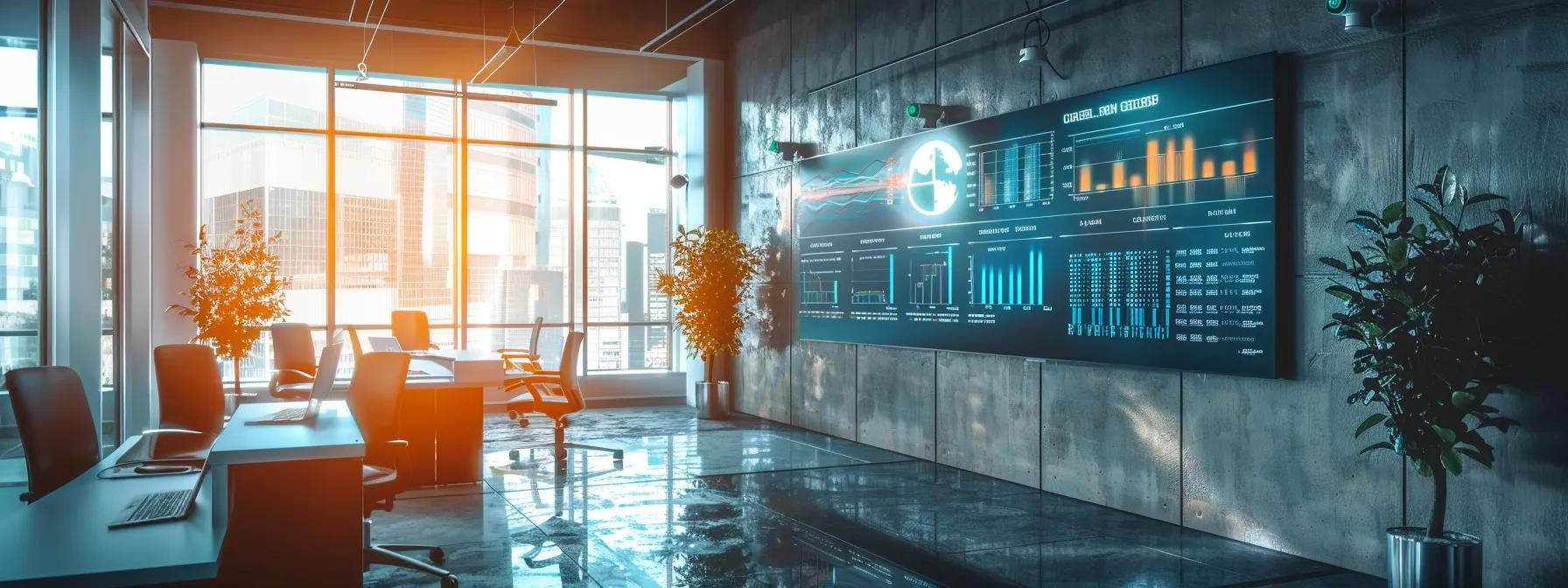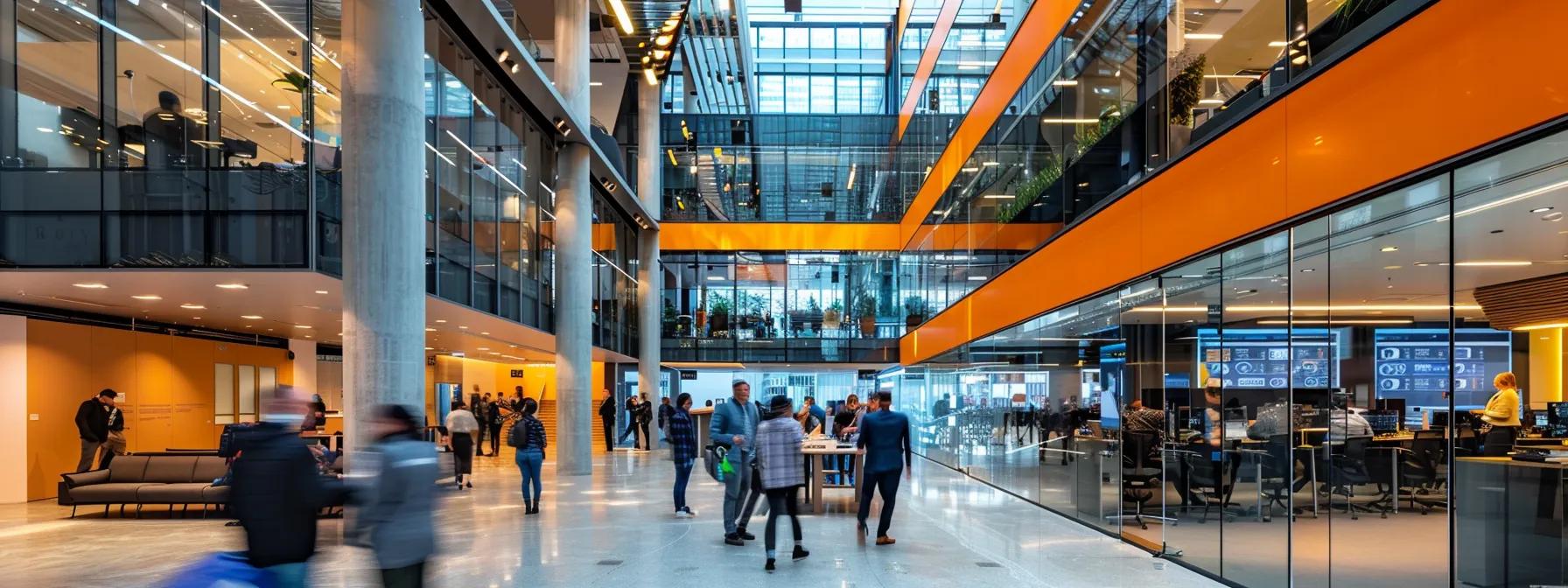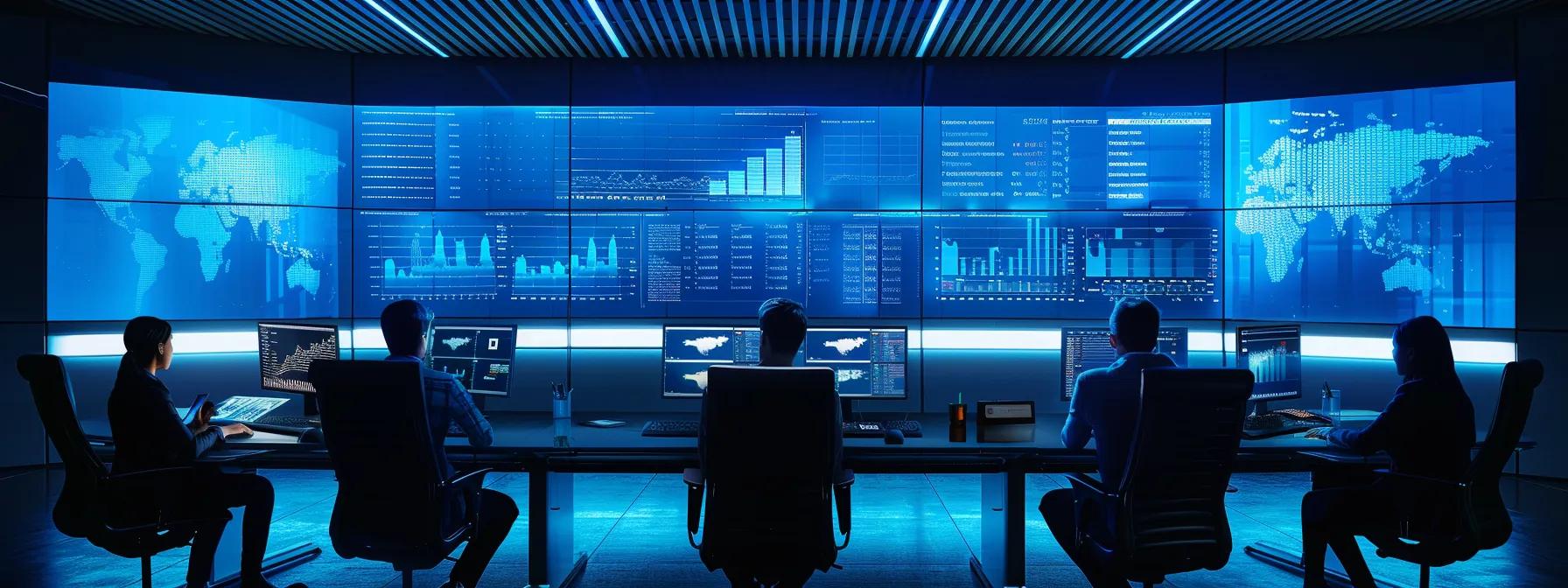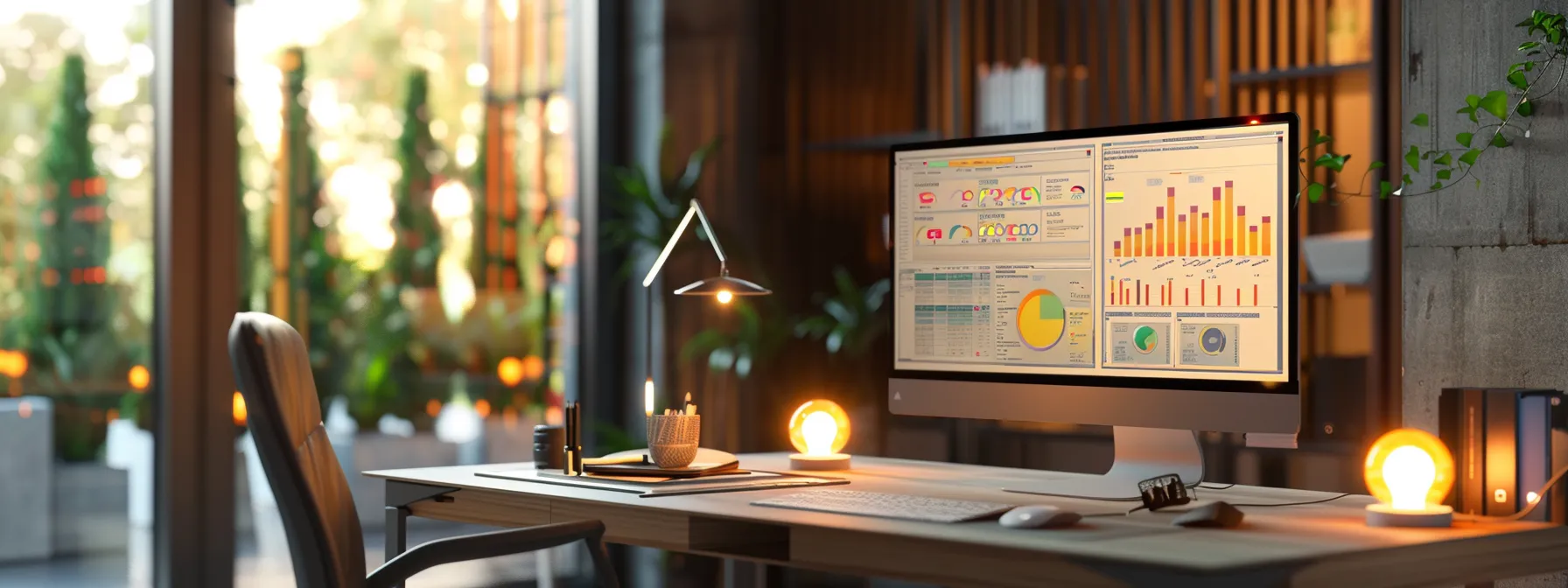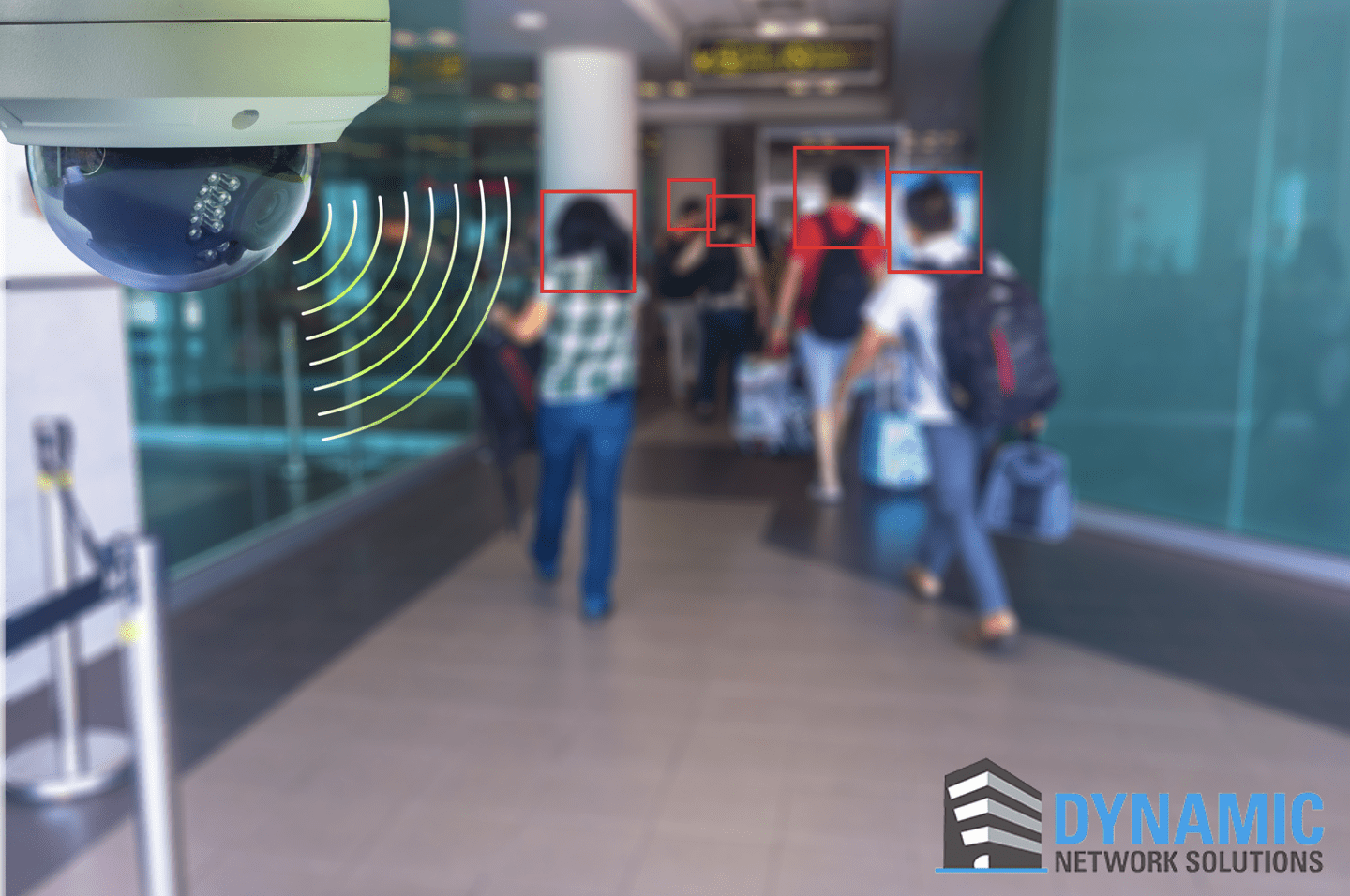 In the not-so-distant past, surveillance systems evoked images of grainy monitors in dimly lit rooms, capturing limited perspectives and occasionally missing crucial events. Their primary function was passive: to record, not necessarily to prevent. Fast forward to the present, and the narrative has dramatically shifted. The rise of smart video security systems, infused with advanced technology and analytics, has transformed the landscape of business security.
In the not-so-distant past, surveillance systems evoked images of grainy monitors in dimly lit rooms, capturing limited perspectives and occasionally missing crucial events. Their primary function was passive: to record, not necessarily to prevent. Fast forward to the present, and the narrative has dramatically shifted. The rise of smart video security systems, infused with advanced technology and analytics, has transformed the landscape of business security.
These cutting-edge systems aren’t merely content with recording events as they unfold. Instead, they analyze, predict, and alert, effectively becoming an active participant in ensuring business security. With the integration of artificial intelligence (AI), machine learning, and real-time analytics, modern surveillance is not just about protection; it’s about enhancing operational efficiency and driving business growth.
In this article, we’ll delve deeper into the evolution of these intelligent systems, uncovering their multifaceted applications and highlighting their invaluable role in today’s businesses.
The Shift from Passive to Active Surveillance
Traditionally, surveillance was a game of wait-and-watch. Cameras recorded, and humans reacted, often after an incident occurred. This passive system had numerous drawbacks. There were limits to how much footage one could effectively review, and significant events could slip through unnoticed until it was too late.
Enter the era of smart video security systems. With technological advancements, surveillance transitioned from being a mere observer to an active participant. This shift was primarily driven by two powerful forces: AI and machine learning.
- Role of AI in Surveillance: Artificial Intelligence is the brain behind smart surveillance. Instead of simply recording, AI-enabled cameras can analyze footage in real-time. They can differentiate between a stray animal and a human intruder, detect unusual patterns or activities, and even recognize license plates. These capabilities make the system proactive, often identifying potential threats before they escalate.
- Machine Learning Takes It a Step Further: While AI provides the brainpower, machine learning is the process of continuous learning and improvement. Over time, the surveillance system learns from the data it collects, refining its algorithms. This means fewer false alarms and more precise threat detection as the system adapts to the unique patterns and needs of a business environment.
The amalgamation of AI and machine learning has thus transformed surveillance from a static, passive system to an active, dynamic one. It’s not just about catching culprits anymore; it’s about preventing incidents, optimizing business operations, and providing actionable insights.
Multifaceted Applications of Modern Video Security Systems
The beauty of modern video security lies in its adaptability. No longer confined to mere surveillance, these systems have evolved to serve diverse business needs, extending their utility well beyond traditional applications.
- Monitoring Temperature in Specialized Industries:
- Cold Storage: In industries where temperature regulation is crucial, like pharmaceuticals or food storage, a slight deviation can result in significant financial loss. Modern video systems can continuously monitor temperature, sending alerts if conditions deviate from the set parameters.
- Compost Piles: For industries involved in composting or waste management, monitoring temperature is essential to ensure optimal decomposition and to prevent spontaneous combustion. Smart cameras can assist in this, making the process safer and more efficient.
- Time-Lapse Photography for Construction Projects: With smart video systems, businesses can capture time-lapse videos of construction or renovation projects. This not only provides a visual record of progress but can also be used for promotional purposes, showcasing the evolution of a project from start to finish.
- Integration with Access Control: Combining video security with access control systems enhances security manifold:
- Triggered Recordings: Cameras can be set to record when someone accesses a facility, ensuring a visual log of all entries and exits.
- Boundary Alerts: Be instantly alerted if someone breaches a restricted area. Advanced systems can even differentiate between human and vehicular intrusions.
- License Plate Recognition: Perfect for parking lots or restricted areas, cameras can identify license plates, allowing for automated access based on whitelists or sending alerts if a blacklisted vehicle is detected.
These diverse applications signify the versatility of smart video security systems. It’s not just about capturing footage; it’s about harnessing this data to drive operational efficiency, reduce risks, and cater to specific business needs.
Cost-Effectiveness and Long-Term Value of Video Security Systems
While the upfront cost of investing in a modern video security system might seem substantial, one must weigh this against the long-term value and potential savings such an investment brings. Here’s a deeper dive into why these systems are an economic boon for businesses:
- Reducing the Need for Continuous Human Surveillance: While security personnel play an indispensable role, their coverage is limited by human constraints. One guard can only be in one place at a time and can’t monitor multiple angles simultaneously. Additionally, the annual costs of hiring security staff can add up. A one-time investment in a comprehensive video security system provides round-the-clock surveillance, reducing the need for a large security team and offering continuous protection.
- Prevention Over Reaction: Reacting to a security breach or theft after the fact is often more costly than preventing it in the first place. Advanced video systems, with their proactive alerts and monitoring capabilities, can deter potential threats or allow for rapid response, reducing potential financial liabilities.
- Operational Efficiency and Insights: Beyond security, these systems can provide valuable insights into business operations. From monitoring employee productivity to optimizing store layouts based on customer movement, the data collected can be leveraged to improve various aspects of a business, potentially boosting revenue.
- Reduced Insurance Premiums: Many insurance companies offer reduced premiums to businesses that invest in advanced security measures. A state-of-the-art video security system can thus lead to significant savings in insurance costs over time.
- Future-Proofing with Scalability: As businesses grow and change, their security needs evolve. Modern video systems are designed to be scalable, allowing for easy expansion or modification. This adaptability ensures that the initial investment remains relevant and valuable in the long run, adapting to the evolving needs of the business.
Deep Dive into the Core Components of Video Surveillance
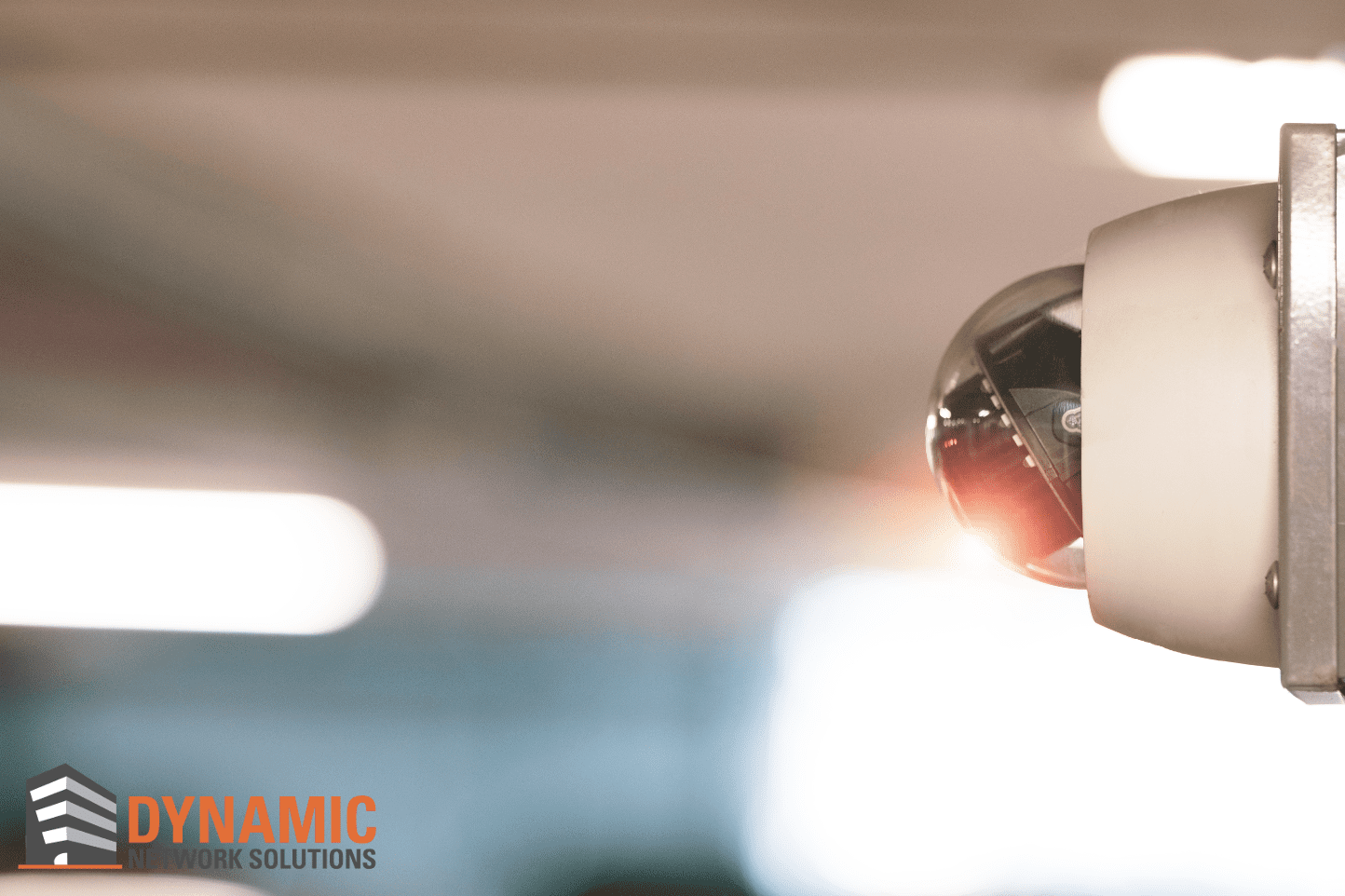 A comprehensive understanding of the key components within a video security system not only aids in the selection of the right solution but also ensures the optimization of its capabilities. Let’s delve into the mainstays of modern video surveillance:
A comprehensive understanding of the key components within a video security system not only aids in the selection of the right solution but also ensures the optimization of its capabilities. Let’s delve into the mainstays of modern video surveillance:
- Closed-Circuit TV (CCTV) Systems:
- Definition and Basics: A CCTV system involves a direct transmission of signals to specific, designated monitors or storage devices. Unlike traditional broadcast television, there’s no public transmission, ensuring the privacy of surveillance data.
- Benefits: Enhanced security, tailored coverage, and the ability to monitor specific areas of interest.
- Storage Hard Drives:
- Purpose: These are integral for storing surveillance footage for review, analysis, or evidence.
- Selection Criteria: Factors such as storage capacity, speed, redundancy, and reliability come into play when choosing the right hard drive for surveillance needs.
- Network Video Recorders (NVR):
- Functionality: NVRs capture and store video footage from IP cameras. They offer better image quality and allow for more advanced features than their DVR counterparts.
- Advantages: Remote access to footage, scalability, and compatibility with high-definition cameras.
- Cables and Wiring:
- Significance: Ensuring secure and high-quality transmission of video data.
- Considerations: Factors like length, quality, and type (analog or digital) matter. Proper installation and maintenance reduce interference and signal degradation.
- Security Cameras:
- Types and Uses: From dome cameras for wide-angle monitoring to PTZ cameras for pan, tilt, and zoom capabilities, understanding the types helps businesses select the right fit.
- Features to Consider: Resolution, low-light capabilities, motion detection, and field of view.
- Optimizing Camera Installation:
- Positioning: To achieve an optimal field of view, camera positioning is crucial. This ensures comprehensive coverage and minimizes blind spots.
- Lighting and Focus: For clear footage, the subject area must be well-lit. Adjusting focus is crucial to ensure clarity and detail in recordings.
- Avoiding Obstructions: Care should be taken to minimize potential obstructions or glare that can impede camera view.
Connectivity, Recorders, and Cameras: The Pillars of Modern Video Surveillance
Today’s video security landscape is marked by the confluence of various cutting-edge technologies. At the forefront are three pivotal elements: Connectivity, Recorders, and Cameras. Here’s an exploration of their integral roles:
- Connectivity in the Age of IoT:
- Importance: In today’s interconnected world, the ability for devices to communicate with each other is essential. Connectivity ensures that surveillance systems are integrated seamlessly within a broader network, allowing for real-time alerts, remote access, and analytics.
- Wi-Fi vs. Wired: Advantages and limitations of both, from data transmission speeds to security concerns.
- Cloud Integration: Benefits of cloud-based video surveillance solutions including scalability, accessibility, and backup.
- Recorders – The Brain Behind the Operation:
- DVRs vs. NVRs: A comparison of Digital Video Recorders and Network Video Recorders, examining their strengths and suitability for different scenarios.
- Storage Solutions: The importance of reliable storage solutions, addressing aspects like retention policies, storage capacity, and redundancy.
- Analytics and AI: The growing trend of integrating artificial intelligence with recorders to provide actionable insights, detect anomalies, and automate responses.
- Cameras – The Eyes on the Ground:
- Evolving Technology: From analog beginnings to today’s HD and 4K cameras, the technological leap in quality and capabilities.
- Special Features: Motion detection, infrared night vision, and facial recognition among others, which have revolutionized surveillance capabilities.
- Environmental Considerations: How to select cameras that withstand various environmental factors like weather, temperature, and vandalism.
- Integration with Other Systems: Cameras that can integrate with access control systems, alarms, and other security measures create a cohesive security environment.
The Road Ahead: Embracing the Future of Video Security Solutions
As we’ve traversed the expansive landscape of modern video surveillance, it’s clear that the domain has seen leaps and bounds in technological advancements. The amalgamation of innovative features, backed by robust infrastructure, ensures businesses are not only safeguarded but also optimized for growth and efficiency.
- Reflecting on the Evolution:
- From Analog to Digital: A nod to the journey of video surveillance, highlighting how far we’ve come from grainy black-and-white footage to crystal-clear digital recordings.
- Interconnected Ecosystem: The role of the Internet of Things (IoT) in bringing various security components together for a holistic protective environment.
- Looking to the Future:
- AI and Machine Learning: These technologies hold the promise of more intelligent surveillance, from predictive analytics to advanced threat detection.
- Integration with Smart Cities: As urban environments become smarter, there’s a growing potential for video security systems to play an integral role in managing traffic, ensuring public safety, and even aiding in urban planning.
Final Thoughts
 Beyond just security, video surveillance solutions present an opportunity for businesses to enhance operational efficiency, reduce costs, and foster a sense of accountability.
Beyond just security, video surveillance solutions present an opportunity for businesses to enhance operational efficiency, reduce costs, and foster a sense of accountability.
Our multi-faceted video security solutions are designed not just for safeguarding your premises but also to drive operational efficiency and create accountability, all while reducing financial burden and liability risks.

